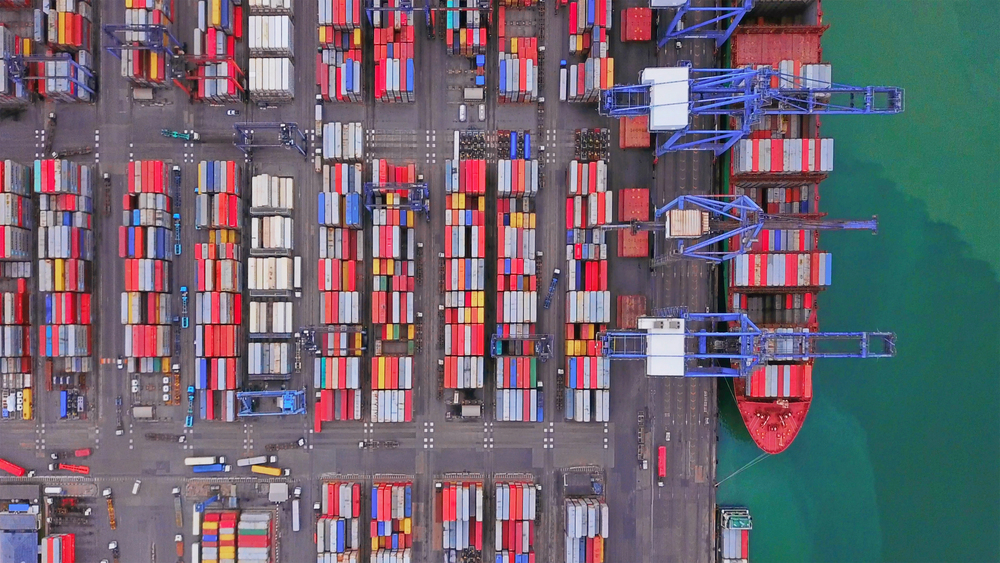How the Surety Market Has Weathered the COVID-19 Storm

By: Olivia Overman
After a year of lockdowns, postponements and cancellations, the world is beginning to look more like its former self as economies begin to stabilize. For the U.S. surety market, and in particular the contract surety marketplace, the pandemic appears to have had no hugely negative impact overall. The market remains extremely soft with ample capacity and positive growth projections through 2027.
Yet things may not be as rosy in the garden as they seem.
“There was a lot of apprehension around where the contract surety industry might be headed through the pandemic, primarily because of the impact on construction contractors,” says Gary Stumper, national surety leader, Westfield. “When the pandemic started, construction came to a grinding halt and after a slow restart, any adverse impact in the construction industry was mitigated by the receipt of Paycheck Protection Program (PPP) funding, as well as the fact that things did not crash as feared. This got contractors through last year.”
However, “the impact from this disruption has resulted in skyrocketing costs,” says Nancy Giordano-Ramos, head of bonds, Main Street America Insurance. “We are seeing material prices escalating due to supply chain challenges and project schedules significantly lengthened for contractors to operate within the new Centers for Disease Control and Prevention (CDC) guidelines. Add these two factors on top of a continued shortage of skilled labor and the net result has been sticker shock for many project owners.”
As increasing costs put more strain on already depleted state and municipal budgets, “fewer construction projects were being put out for bid in the first quarter of 2021 with the number of bidders on projects increasing,” Giordano-Ramos says, explaining that, with PPP funding exhausted, contractors are taking on a more aggressive approach to bidding. “This increased competition has reduced the profit margins and hit ratios for many contractors.”
Contractors are now looking to replace the work that was either canceled or postponed last year due to the pandemic. However, now “there’s less of it and that will present challenges as we move through this year and into next,” Stumper says. “But overall, the surety industry is experiencing very good results. There is a little flattening of the top line from a premium standpoint, but there’s still strong profitability.”
While construction bonds are the largest segment of the surety marketplace representing approximately 65% of the market, commercial surety represents the remaining 35% of the market. The market for permits and license bonds, a large part of the commercial surety market, continues to grow.
“It’s a very specialized market and very lucrative. Most larger companies have that expertise, so write a lot of commercial surety,” says Brian Beggs, executive vice president of surety, Sompo International.
Other markets requiring commercial surety bonds include industries such as hotels, cruise lines and entertainment, all of which have been severely impacted by COVID-19.
While in the commercial surety space “fierce competition” has put downward pressure on rates, “contract surety rates are not an issue but terms and conditions are under pressure,” Giordano-Ramos says. “We expect these trends to continue throughout the year.”
Insurers and agents do not expect the surety market to harden in 2021 and “with surety markets still remaining fairly soft, capacity and rates are there for contractors that qualify,” says Brenda Risa, vice president Goldleaf Surety Services LLC. Nevertheless, “contractors looking to obtain work in unfamiliar territory, expand into new types of work, work with new owners, or look at projects several times larger than any of their projects to date may struggle to obtain the bonding that they desire.”
Surety is a relatively small segment within the property-casualty insurance industry, valued at $6.6 billion in 2018, but is expected to grow through 2027, according to The Surety and Fidelity Association of America (SFAA).
“You would have to go back probably to 2010 before you see any significant higher loss ratio for the industry,” Beggs says. “Profitability looks set to continue and few expect the coming year to mark the low point in the business cycle.”
Olivia Overman is IA content editor.










